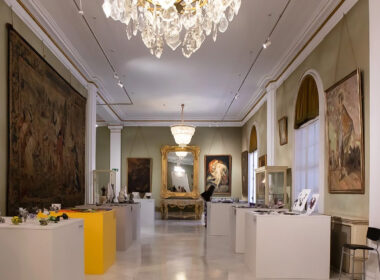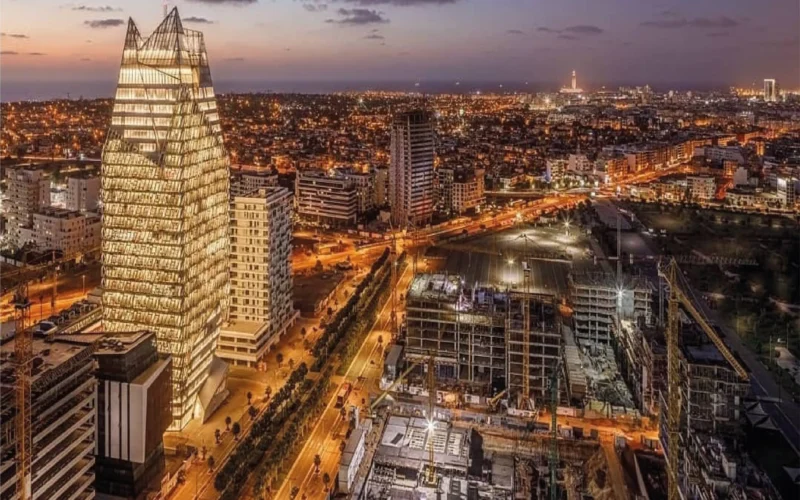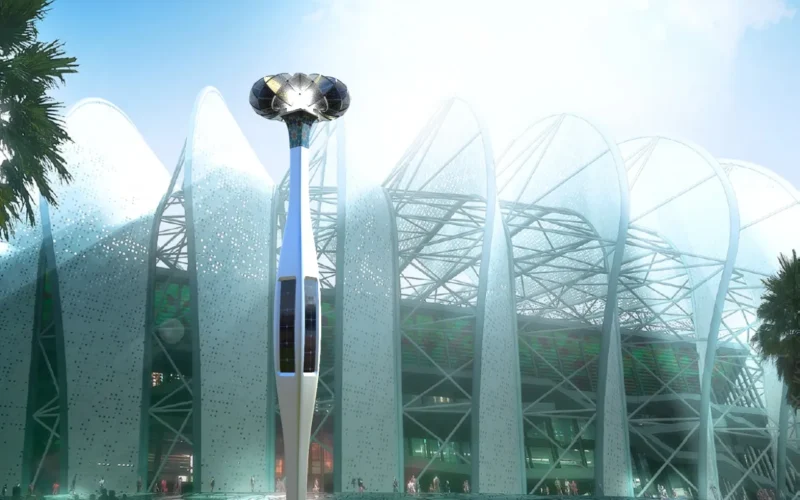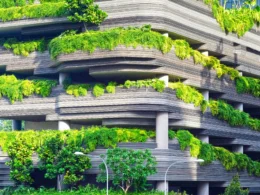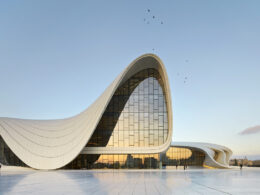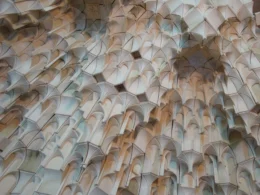When we think of the Alhambra, we often imagine its breathtaking palaces, intricate carvings, and peaceful courtyards, where time seems to slow down. But beneath its ornamental surface lies a brilliant feat of engineering that made all this possible: water.
In a place as hot and dry as Granada, Spain, the Alhambra is not just an architectural marvel, it’s a triumph of hydraulic ingenuity.
This blog explores how ancient technology shaped the Alhambra’s design, bringing life, comfort, and beauty to one of the most iconic monuments of Islamic architecture.
Table of Contents
Water as the Heart of the Alhambra
In Islamic culture, water is more than just a resource; it symbolizes purity, life, and paradise. That symbolism shaped the architecture of the Alhambra. Water is everywhere: gently trickling through narrow channels, flowing beneath marble fountains, and reflecting light in still pools. But how was all this water brought to a hilltop fortress?
From the River to the Red Fortress: Engineering a Miracle
The Alhambra is perched on the Sabika hill, far above the natural flow of the Darro River. So how did water reach it?
The solution was a qanat-like system: a series of aqueducts and underground channels that diverted water from the Darro’s tributary: the Rio Genil. Engineers built a dam and an intake point miles away, channeling water through a carefully graded canal known as the Acequia Real (Royal Canal), completed in the 13th century.
This canal snakes its way up to the Alhambra, using a gentle slope to maintain flow. It’s a prime example of how Nasrid engineers used gravity and precision to move water long distances without pumps.
Making Water Work Harder: The Reservoir and Water Pressure
Once the water reached the Alhambra via the Acequia Real, storing and distributing it efficiently was key. To do that, engineers created a central reservoir: the Alberca. By holding the water in an elevated cistern, they were able to increase water pressure through gravity alone. This pressurized system allowed water to flow reliably through fountains, channels, and baths, even those at higher elevations.
But how did the water get into this elevated reservoir in the first place?
Here’s where it gets even more ingenious. Beneath the surface of the Alhambra, wells were strategically dug down to meet the Acequia Real underground. These wells acted as vertical access points to the flowing water below. To lift the water from these deep channels up to the reservoir level, engineers used a mechanical system of wheels and bucket chains.
These devices, often turned by human or animal power, would scoop water continuously and raise it several meters to the top of the Alberca. This method created an artificial elevation point, allowing the stored water to then be redistributed throughout the complex by gravity with enough pressure to run fountains and reach upper areas.
In essence, they turned a sloping canal into a vertical delivery system combining subterranean access with visible surface storage. The result? A reliable, pressurized water system without a single modern pump.
The Fountain of Lions: A Timeless Clockwork of Water
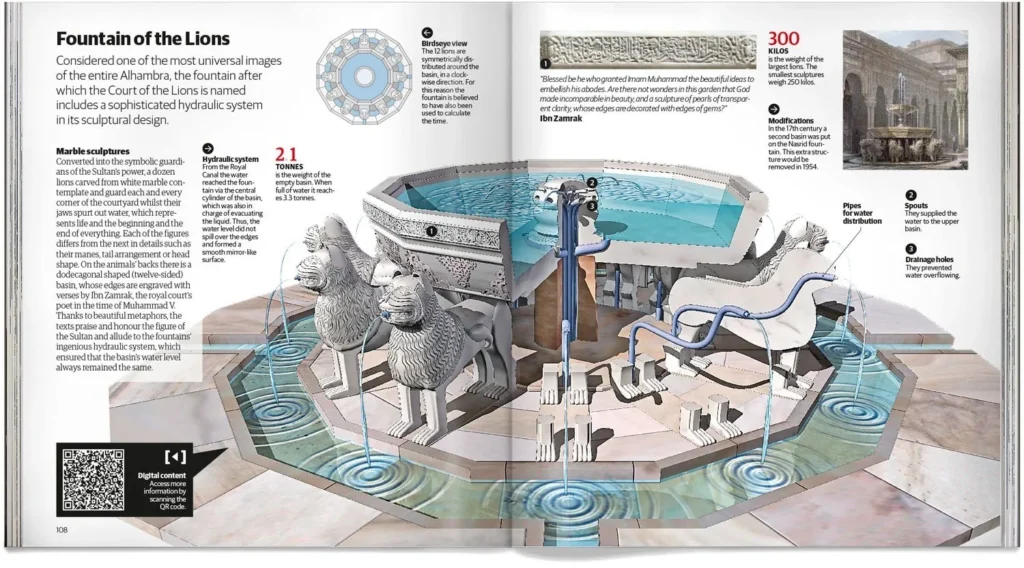
At the heart of the Court of the Lions stands the Fountain of the Lions, a symbol of Nasrid elegance and a masterpiece of hydraulic engineering. While many admire its sculptural beauty, few realize that it once functioned as a water-powered clock.
Originally, the fountain featured twelve marble lions, each with a spout in its mouth. Inside the central bowl of the fountain, a complex system of twelve radial tubes connected the water source at the center to each lion’s mouth. But here’s where the magic happens: each tube had its opening placed at a slightly different height within the central chamber.
As water began to fill the fountain, the pressure gradually rose. When the water level reached the height of the first tube, water would begin to flow out of the first lion’s mouth. As the level continued to rise, it would activate the next lion, and so on: one lion at a time, in hourly intervals, over the span of twelve hours. The result was a poetic visualization of time passing through water.
Once the water reached the highest point of the central chamber, a clever siphon mechanism was triggered. This siphon, designed with a precise air-trapping system, would use gravity and pressure to suddenly drain the water from the bowl. A small key was likely used to break the surface tension and eliminate trapped air, allowing the siphon to activate smoothly.
As the chamber emptied, all the lions would stop spouting water signaling the end of a 12-hour cycle. Once empty, the bowl would slowly begin to refill, and the process would start over, quietly marking time with flowing water.
This incredible fusion of aesthetics and science makes the Fountain of the Lions one of the most sophisticated water clocks of its time, a monument where art literally flowed in rhythm with the day.
The Royal Baths: Steam, Warm Floors, and Cold Plunge Pools

Water was also central to the hammam, the royal baths of the Alhambra. Inspired by Roman and Islamic traditions, the Alhambra’s bath complex included a cold room (frigidarium), a warm room (tepidarium), and a hot steam room (caldarium).
- Cold Pool: To maintain a chilled swimming experience, engineers tapped into underground channels that kept the water cool and regulated.
- Warm Floor System: The tepidarium had a sophisticated floor heating system. Hot water circulated through ceramic pipes (qanats) embedded beneath the tiles, gently warming the floor and the air above.
- Steam Room: The caldarium used a furnace (a hypocaust) system to generate steam. Hot water and air traveled through a network of channels, filling the room with soothing, therapeutic heat.
All rooms had ceiling star-shaped openings that worked as temperature regulators and as a source of natural light at the same time. Together, these rooms created a sensory experience unmatched in medieval Europe.
The Military Zone: Water Rising 6 Meters Against Gravity
The Alhambra’s military zone, or Alcazaba, sits at a higher elevation than the main palace, about six meters above. To supply water to this elevated area, engineers had to overcome a significant challenge: moving water uphill without modern pumps.
To solve this, Nasrid engineers invented an ingenious system that used hydrodynamic principles to lift water. The heart of the system was a specially designed bowl with a wide central hole. This was not just any ordinary bowl; its shape, size, and the flow of water were precisely calibrated to create a vortex as the water poured into it.
As water fell into the bowl, the shape of the hole and the flow of water caused the liquid to spin and mix with air, creating a vortex. The key effect here was the lowering of pressure at the center of the vortex, which in turn caused higher pressure on the walls of the small reservoir. The reservoir, acting as a link between the bowl and the tubes that led to the Alcazaba, helped transfer this pressure into the system.
This system created a dynamic where every additional amount of water added to the bowl would lead to increased pressure in the surrounding tubes and essentially generating lighter, air-mixed water. Thanks to the vortex, the water’s movement was controlled and became much more efficient.
Additionally, as the bowl filled, the water was sent into the small reservoir, which acted as a buffer to balance the incoming and outgoing water, maintaining a steady flow and pressure. The result? A clever system that allowed water to rise against gravity, thanks to the combination of pressure, vortex dynamics, and a carefully designed hydraulic balance.
This advanced technique meant that the Alcazaba could have a reliable water supply even though it was located at a higher elevation, proving the Alhambra’s engineers were as skilled in hydraulics as they were in architecture.
Conclusion: A Legacy of Innovation and Beauty

The Alhambra is more than just a masterpiece of architecture; it is a testament to the brilliance of the engineers and architects who crafted its intricate water systems. These innovations not only solved practical challenges but also transformed the space into a living, breathing work of art. From fountains that ticked like clocks to baths that merged luxury with functionality, the Alhambra’s water systems exemplify the perfect marriage of science and aesthetics.
Every drop of water that flows through the Alhambra tells a story of ingenuity, precision, and an enduring respect for the natural world learned from the Islamic teachings. It’s a place where the technical mastery of the past continues to flow, reflecting the genius of its creators while enchanting those who walk its halls today.
The water systems of the Alhambra are not just about survival, they are about creating beauty, harmony, and a connection to the natural world and as we gaze upon its majestic fountains and serene pools, we are reminded that true beauty isn’t just seen; it is felt, heard, and even experienced through the flow of water itself.




